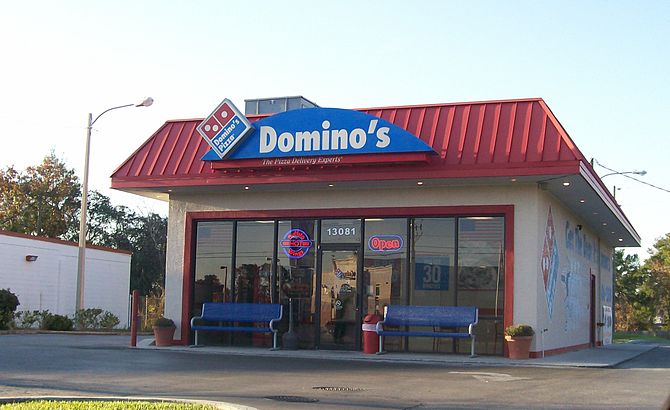|
Listen to this Article
|

Last month, the California Supreme Court issued its 4-3 decision in Patterson v. Domino’s Pizza, LLC, wherein it held that, under the specific circumstances of that case, the Domino’s franchisor could not be held liable as a joint employer for the sexual harassment committed by its franchisee. Given the recent debate sparked by the NLRB’s joint employer decision, those critical of the agency’s decision are likely to construe the Patterson decision as delivering a considerable blow to the notion of franchisors as joint employers. However, such a characterization seems both shortsighted and ultimately ill-supported by the majority opinion.
Given the subjective nature of the test that the Court used and the narrow manner in which it was applied, the Patterson decision hardly suggests that franchisors cannot be considered joint employers within the context of the NLRB’s decision. In fact, the rationale underlying the majority opinion not only leaves the NLRB’s joint employer decision just as intact as it was beforehand, but also leaves room for other franchisors to be liable for FEHA claims when the nature of their relationship to their franchisees supports it.
To be sure, the majority noted that “[a] franchisor will be liable if it has retained or assumed the right of general control over the relevant day-to-day operations at its franchised locations that we have described, and cannot escape liability in such a case merely because it failed or declined to establish a policy with regard to that particular conduct.” Therefore, within the context of FEHA claims for sexual harassment, the context considered by the majority focused on whether the franchisor controlled the hiring process, employee training on sexual harassment and other interpersonal policies, or the creation of the policies themselves. In this instance, the evidence – at least as characterized by the majority – continually pointed to the franchisee, not Dominos, as the one in control of the instrumentalities that ultimately gave rise to the plaintiff’s sexual harassment claim.
It was the franchisee’s decision to hire the harasser; the franchisee who “personally and vigorously trained his managers about sexual harassment”; the franchisee’s sexual harassment policy and internal complaint process; and, at least in the eyes of the majority, the franchisee’s decision to terminate the harasser.
It was primarily on this last element of control that the dissent took issue. “Fidelity to a multi-factored, totality of the circumstances test inevitably means that ‘”[t]he precise contours of an employment relationship can only be established by a careful factual inquiry,”‘” Justice Werdegar argued in the three-justice dissent. (citing Vernon v. State of California, 116 Cal. App. 4th 114, 124-125 (2004)). That is, the existence of an employment relationship between the franchisor and the local franchise employees can only be determined by factual inquiry.
In this instance, the dissent argued, the fact that Domino’s pressured the franchisee to terminate the harasser (and in another instance, an employee who delivered non-Domino’s food to schools) was sufficient to create a genuine dispute of material fact and overcome summary judgment. The franchisee testified that Domino’s “very strongly hinted that there would be problems” if he did not terminate the harasser. In fact, he went on to testify that Domino’s threatened to take away his franchise for having employees that could potentially hurt the Domino’s brand.
Noting the well-established common law principle that the right to terminate the employment relationship “offers ‘”strong evidence”‘ both of the fact of control and of the ultimate existence of an employment relationship,” the dissent argued that Domino’s exercised sufficient control for a jury to determine that Domino’s was a joint employer. (citing Burlingham v. Gray, 22 Cal.2d 87, 100 (1943); also citing Kowalski v. Shell Oil Co., 23 Cal.3d 168, 177 (1979); also citing S.G. Borello & Sons, Inc. v. Department of Industrial Relations, 48 Cal.3d 341, 350 (1989)).
Given the California Supreme Court’s sharp division in this single instance, any suggestion that this decision is somehow a decisive blow against the NLRB’s joint employer decision seems misguided.
First, as the majority readily stated in its conclusion, the holding in this case was both narrow and subjectively tested. Thus, franchisors, including Domino’s, are still going to have their status as employers subjected to judicial scrutiny as situations vary.
Second, the sharp divide on the high court about this specific instance suggests that the majority may well swing in the opposite direction in response to a different set of facts.
Third, the scope of this decision stops at the state line, because it is based on California’s statutory and common law definitions of employer. While federal courts may well look to California for judicial guidance in assessing joint employer status in federal labor claims to which the NLRB’s decision applies, that guidance is persuasive at best.




